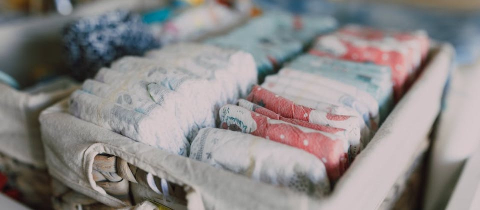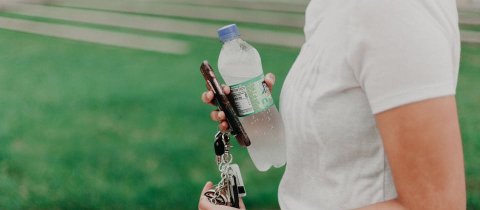This notion emerged after some partiers on a flight chartered by a private Quebec club allegedly planned to trick a COVID rapid antigen test to produce a negative result. Their idea was to prevent the swab from picking up the virus by providing a Vaseline barrier. Whether they actually tried this or just blathered nonsensically about Vaseline interfering with the test by “having no pH” isn’t clear, but it is extremely unlikely that this ruse would work. The test requires very few viral particles, and in any case, these would become embedded in the Vaseline. However, without testing in a proper systematic fashion, which has not been done, we cannot say with absolute certainty.
This is not the first time, nor will it be the last, that people have tried to falsify tests. In England, clever school children managed to find a way to trick tests to show a positive result so that they could skip school. Some ingenious kid discovered that applying an acidic solution such as fruit juice or a cola beverage to the test strip alters the protein structure of the antibodies that are designed to bind to the virus in such a way that they travel through the test strip as if they were bound to the virus. Just how many students managed to play hooky this way isn’t known.
A serious concern that is now emerging is the marketing of fake tests. Scammers have found a way to cash in on the rapid test frenzy by selling kits that look like the real thing but do nothing. Then there is the problem of fake vaccination certificates that can be downloaded to smartphones. Criminals are always ready to capitalize on the public’s desperation.
In general, putting Vaseline into the nose that some people do to prevent dryness is not a good idea. Once in a while doesn’t hurt, but there are cases recorded in the literature of lung damage after protracted use of Vaseline in this fashion. Of course, there are legitimate uses for this substance discovered by American chemist Robert Chesebrough. In the middle 1800s, Chesebrough had built a small business distilling kerosene from coal tar when a problem cropped up. Oil was discovered in Pennsylvania and Chesebrough feared being put out of business. With the philosophy of “if you can’t beat’em, join’em” he travelled to the oil fields to investigate the possibility of producing his kerosene from this new source. One day, while walking through the fields where pumps were busily bringing oil to the surface, his attention was diverted to a waxy material that oozed out of the ground along with petroleum. The oil workers hated the stuff because it gummed up their pumps. Nevertheless, they conceded that this "rod wax," as they called the annoying substance, did have at least one benefit. It helped heal cuts and burns!
All of a sudden dollar signs began to dance in Chesebrough's head. After all, hadn't all kinds of people historically anointed themselves with fats and oils for a variety of reasons? Hadn't his own grandmother smeared him with goose grease at the first sign of a cold? So for the next ten years, Robert Chesebrough devoted his energies to developing a pure, odour-free, effective form of "rod wax." He served as his own guinea pig, cutting his arms, burning his skin, pouring acids on his hands. The results were highly satisfactory, the stuff worked! Chesebrough named his new product Vaseline, supposedly because early experiments were carried out in his wife’s vase. Now he just had to convince the public to buy it. So Chesebrough went out and became the first pharmaceutical industry "detail" man. With a horse and buggy, he cruised the streets of Brooklyn giving out free samples. The gimmick worked; orders soon started to flood in. Testimonials abounded. People soon found all sorts of uses. Vaseline could fix a squeaky wheel, keep razor blades from rusting and soften a baseball glove. Putting it on the bedroom doorknob keeps the kids out. But it will not keep the rapid test from identifying the virus.







